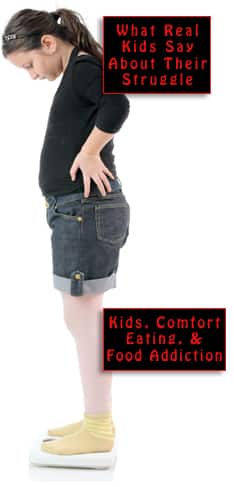
Epidemiologist Dr. Jennifer B. Nuzzo and pediatrician Dr. Joshua M. Sharfstein wrote about this long, long summer. On a basic survival level, without school lunches and similar programs, a lot of American children are hungry, malnourished, eating-disordered, and/or obese. Medical personnel, teachers, and social workers who no longer meet with children in person, are unable to observe signs of abuse.
Parents are trapped in a special kind of hell, because even if there is a job to be had, how are they supposed to go out to work, and leave their kids with neighbors, bad-influence relatives, or strangers? All the customary risks connected with childcare are still in place, plus now, a disease that can give a child a heart attack. How are we supposed to send kids to school? How can we not?
Actual research shows that even the best online instruction puts students farther behind than they would have been in physical school. Here are three disturbing thoughts the authors share:
This harm disproportionately affects children in homes without computers and stable internet connections, deepening educational inequality and widening racial and economic divides.
Young children, in particular, may require in-person instruction and socialization. Special-needs students need services provided by schools in person.
The disruption of learning can have lifetime effects on students’ income and health.
A match made in hell
The virus plans ahead. Picture for a moment the vast number of researchers, clinicians, statisticians, therapists, technicians, and other smart people who have worked tirelessly, and sometimes fatally, to defeat the virus. They were children once — bright, promising children, just like some of the ones we have today.
The virus wishes it could go back in time and nip those little troublemakers in the bud, before they had a chance to earn degrees and become dangerous. Too late now, but it can do the next best thing: It can infest at least a few of the current generation of human young. It protects its own descendants by eliminating children, but that cannot be the only wrench in its toolbox.
To really succeed, the virus must expand its repertoire. It needs the versatility to knock off other kinds of opponents. It needs to get rid of the old, wise, experienced warriors who have been around the block once or twice. The virus grimaces and taunts them: “This might not be your first rodeo, but it will be your last.”
It gets worse
The multi-talented virus profits equally from attacking both ends of the economic spectrum. The ultra-wealthy gather at certain locales, and then disperse to a multitude of destinations all over the planet, and spread, spread, spread. At the other extreme are the impoverished, who have never in their lives experienced what some call “social distance.” A lot of people don’t have toilets or running water. To a virus that wants to open branch offices in millions of human bodies, destitution looks like a welcome mat.
And that’s the trouble. Infecting dense populations is so last-year, such a cliche. Any fool can infect an entire subway car. “Been there, done that,” says the virus. But to attack the Navajo Nation, where the distance between family homes tends to be vast, an ambitious creature also needs to figure out how to customize a human into an attack vehicle that gives the most bang for the buck — a superspreader.
The virus loves a challenge. And it wants the kids. Not all of them. But enough.
Your responses and feedback are welcome!
Source: “We Have to Focus on Opening Schools, Not Bars,” NYTimes.com, 07/01/20
Image by Infrogmation of New Orleans/CC BY 2.0

 FAQs and Media Requests:
FAQs and Media Requests: 











